Almost everyone talks about Bitcoin and other cryptocurrencies these days. That’s because these assets have become more popular among crypto and non-crypto enthusiasts. However, cryptocurrencies don’t just exist in a vacuum.
They operate using blockchain technology. These blockchain networks process and store records of transactions, and their major selling point is that any data stored on them is irreversible and unchangeable. However, their uses are not limited to cryptocurrencies alone. So, let’s learn about blockchain and its various use cases in this article.
What is Blockchain?
The most common blockchain definition describes it as a distributed ledger or database that connects various computers and allows them to share information within a network. As the name implies, a blockchain is a collection of blocks storing chains of data that are linked together.
The concept of a blockchain is to create a database that stores information and prevents it from being changed or deleted by anyone. This feature is called immutability. That is, anything stored on a blockchain is immutable. This is why the blockchain is considered highly secure since it eliminates human errors.
However, another unique feature of blockchains is that they support decentralized transactions. They don’t require middlemen like banks or other financial institutions to process funds like we have in regular transactions. That’s why blockchain transactions are usually faster and cheaper.

History of Blockchain Technology
Though some sources claim that blockchain technology goes back to the early 90s, the mainstream use of blockchain started with Bitcoin in 2008. At the time, an anonymous person or group of people called Satoshi Nakamoto used blockchain technology to create the first-ever cryptocurrency called Bitcoin.
At the time, the US and the rest of the world were facing “The Great Recession,” which caused high inflation numbers. So, Satoshi developed Bitcoin as an alternative way to spend money and prevent inflation. This birthed Bitcoin transactions, and they have remained until today. The same innovation has led to the creation of alternative blockchains and cryptocurrencies like Ethereum (ETH), Solana (SOL), and Tether (USDT), to name a few.
However, more recently, we’ve seen blockchain technology evolve into decentralized finance (DeFi) with the creation of smart contracts. These contract systems run automated transactions on their supported blockchains, making it possible to create future transactions and leave them to the blockchain’s codes to execute.
The smart contract system can be traced to Ethereum and its creator, Vitalik Buterin, in 2013. Buterin’s vision was to create a self-executing blockchain that would run without intermediaries. Ethereum was later launched in 2015, and more developers have gone ahead to create Ethereum alternatives called “Ethereum Killers”, like Solana, Cardano, and Polkadot.

Use Cases of Blockchain Technology
As stated earlier, there are multiple problems blockchain technology solves. Here are some common use cases of blockchain in the modern world:
Financial Transactions
The most common usage of blockchain is in executing financial transactions. Cryptocurrencies like Bitcoin, Ethereum, and Ripple are fast becoming alternative means of payment among individuals and businesses. More merchants now partner with crypto payment gateways like Zypto to receive Bitcoin payments or store their assets.
Moreover, there’s a branch of finance called DeFi. This allows users to access blockchain-based financial transactions like crypto lending, borrowing, and insurance. Here, cryptocurrencies are used as collateral and the entire process is run by smart contracts.
Supply Chain Management
Whether it is for retail companies or manufacturers, blockchain can be used to make distribution effective in the supply chain industry. From suppliers to buyers and consumers, every record can be stored on the blockchain and accessed by every stakeholder along the way. The system also helps e-commerce platforms verify that all the goods uploaded on their platforms are authentic.
Digital Information Security
Blockchain uses a self-sovereign identity system (SSI) to decentralize identity storage, management, and verification. For instance, users can store their identity information on a blockchain and share it with others securely to prevent the wrong use of their data by traditional companies or other parties.
This system makes it possible to share their sensitive details whenever and however they want instead of using a centralized data management system that can compromise their details.
Businesses can also verify customers’ information during KYC checks since the users can’t change whatever information they’ve stored on the blockchain. This reduces fraud in banking and other financial services.
Non-Fungible Tokens (NFTs) and Gaming
NFTs allow users to put their digital assets on blockchains through a process called minting. These people can mint anything, ranging from pictures to music, digital arts, and other media. They can also buy and sell these assets on NFT marketplaces like OpenSea, Rarible, and Binance NFT Marketplace.
Crypto play-to-earn (P2E) games also use NFTs as their platform’s in-game purchases and rewards. Popular crypto games include Decentraland, The Sandbox, and Axie Infinity.
Real Estate
Cryptocurrencies also play a crucial role in the real estate industry through tokenization. Tokenized property ownership allows investors to access fractions of a real estate opportunity. Once the owner tokenizes their assets, you can buy a fraction of it on the blockchain and earn returns as the real-life value of the asset increases.
Running a land registry on the blockchain also makes verification easier and prevents fraudulent asset ownership.
Related: How Blockchain is Revolutionizing the Healthcare Industry

Popular Blockchains and How They Differ
There are numerous blockchains out there, each with distinct features, consensus mechanisms, transaction processing speeds, and use cases. Here are the most popular and how they compare.
| Blockchain | Consensus Mechanism | Transaction Processing Speed Per Second (TPS) |
| Bitcoin | Proof-of-Work (PoW) | 7 to 10 |
| Ethereum | Proof-of-Stake (PoS) | About 30 |
| Cardano | Ouroboros PoS | About 250 |
| Solana | PoS and Proof-of-History (PoH) | About 65,000 |
| Binance Smart Chain | Proof of Staked Authority (PoSA) | About 100 |
| Polygon | PoS and Zero-Knowledge Rollups | About 7,000 |
| Ripple | XRP Ledger Consensus | About 1,500 |
| Avalanche | Avalanche PoS | About 4,500 |
Note that a blockchain’s consensus mechanism determines how a blockchain processes its transactions through a set of codes called nodes.
Related: How Blockchain Adoption Transformed Businesses
Conclusion
While blockchain is popular for trading cryptocurrencies and facilitating crypto transactions, it has many other practical applications, as stated in this article. Various conventional industries now turn to blockchain to solve major bottlenecks and embrace what is set to become the future of money and technology.
Whatever industry you operate in, there’s an endless list of needs that can be solved or simplified using blockchain – from receiving global payments to overcoming international limitations. Interestingly, Zypto has various crypto-related products and services to help you take your business off the ground. Visit the Zypto website for more information.
Which of the popular blockchains do you fancy the best, and why? Let’s have some thoughts below.

FAQs
What is the primary purpose of blockchain?
The major role of blockchain is to share data across a network in a decentralized manner. It also stores transaction information in an immutable way.
Can a blockchain be hacked?
Yes, blockchains can be hacked by malicious actors. However, they remain less vulnerable compared to conventional systems.
Is blockchain the same as Bitcoin?
Technically, Bitcoin is a blockchain, and it has a coin called BTC. So, Bitcoin can be a blockchain and be interchanged with the BTC coin when speaking.

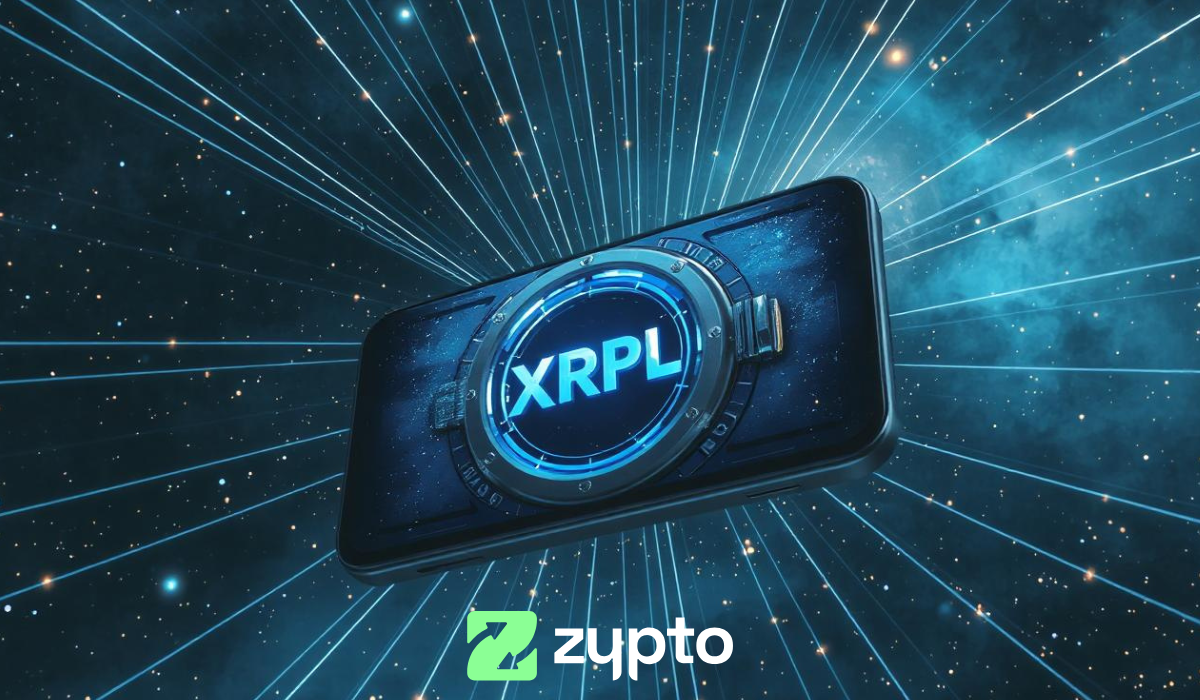



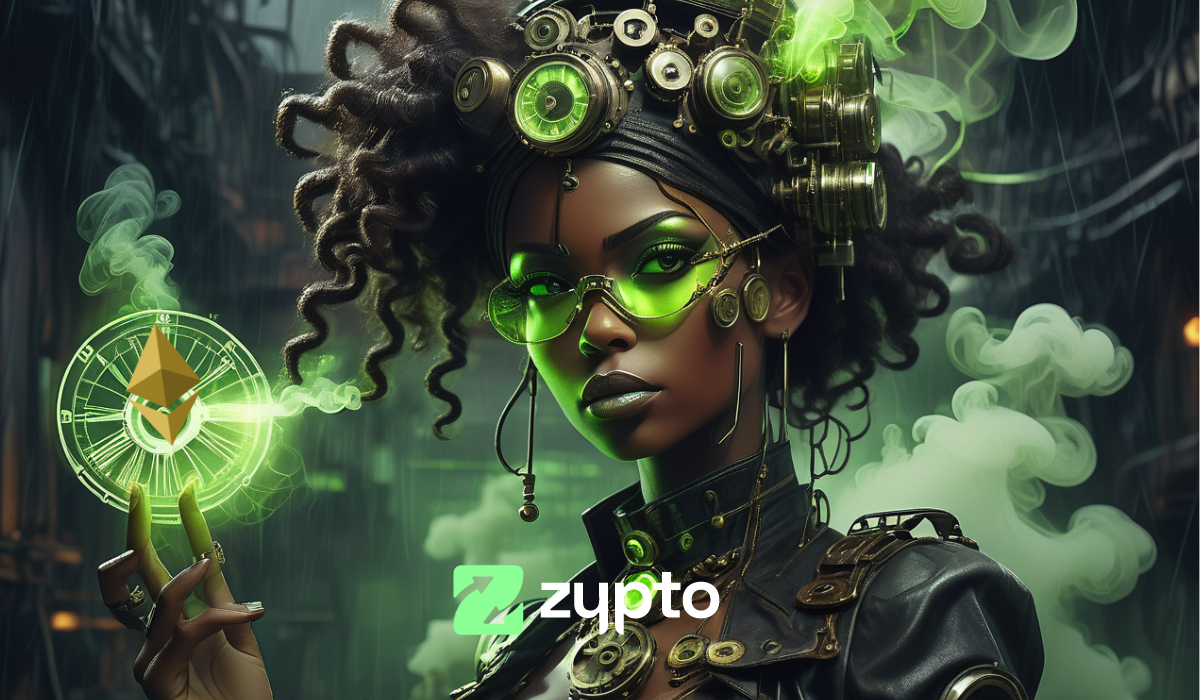

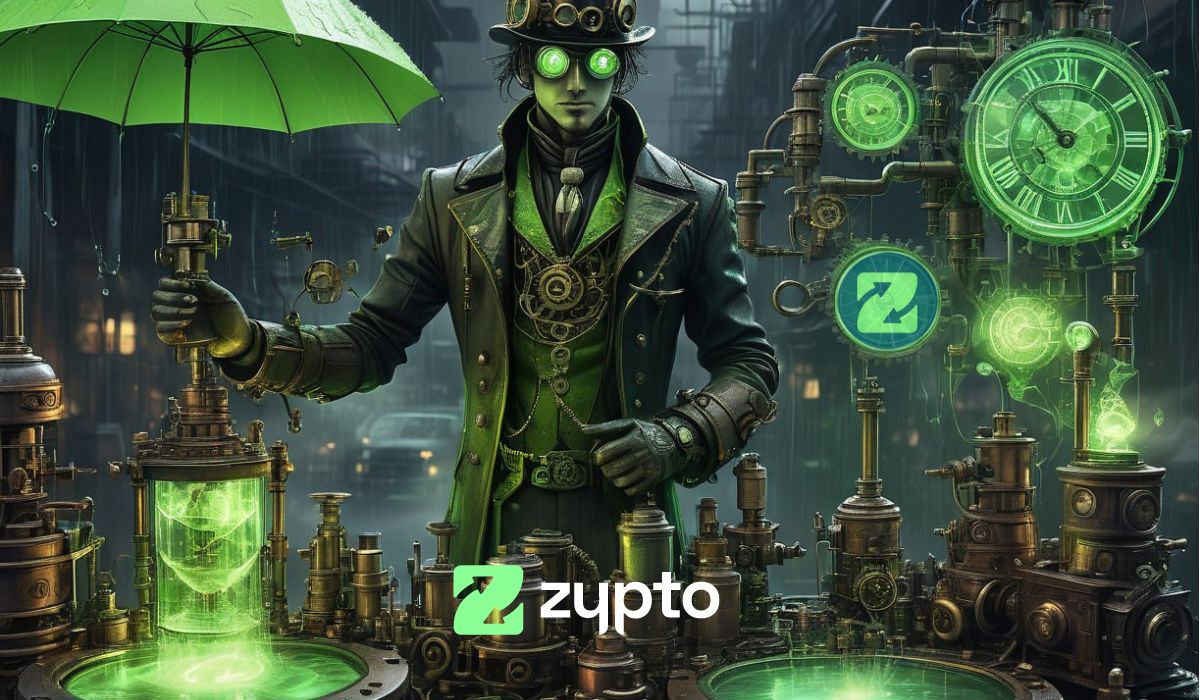



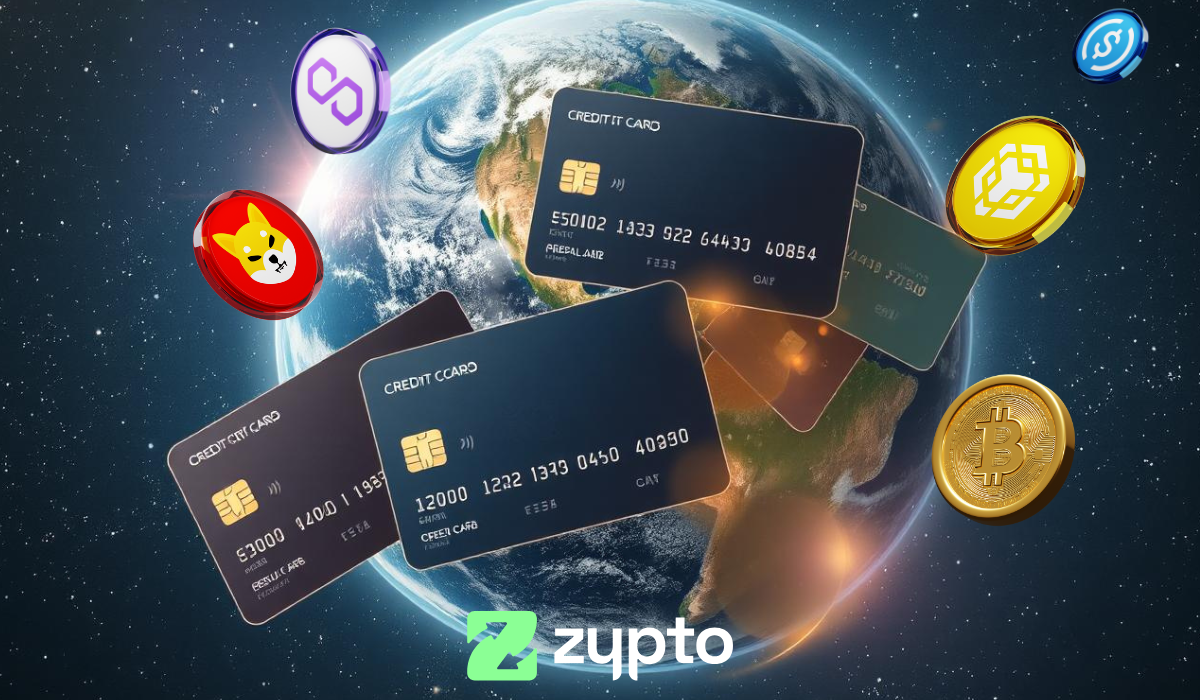
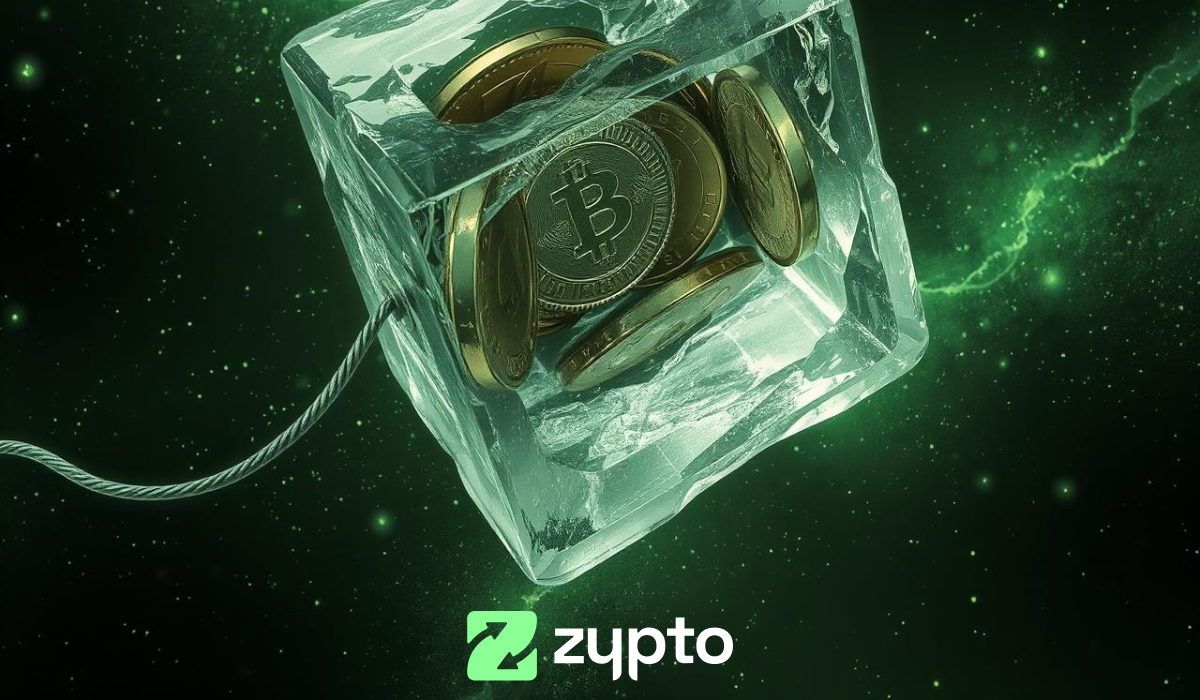

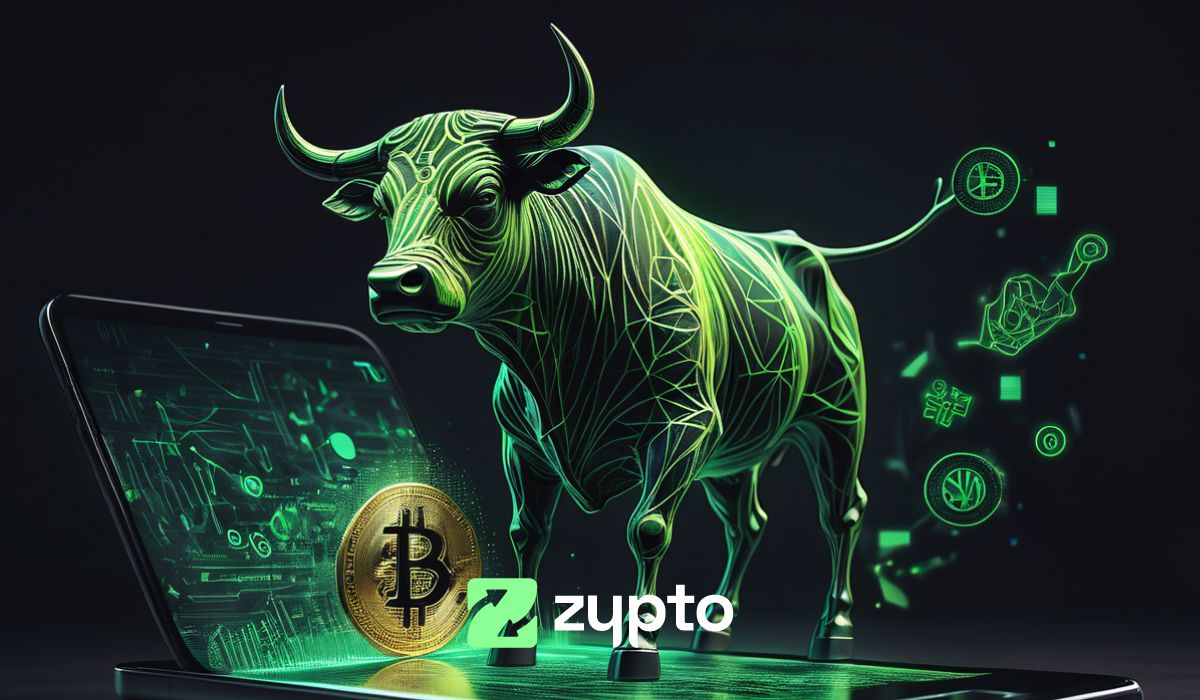
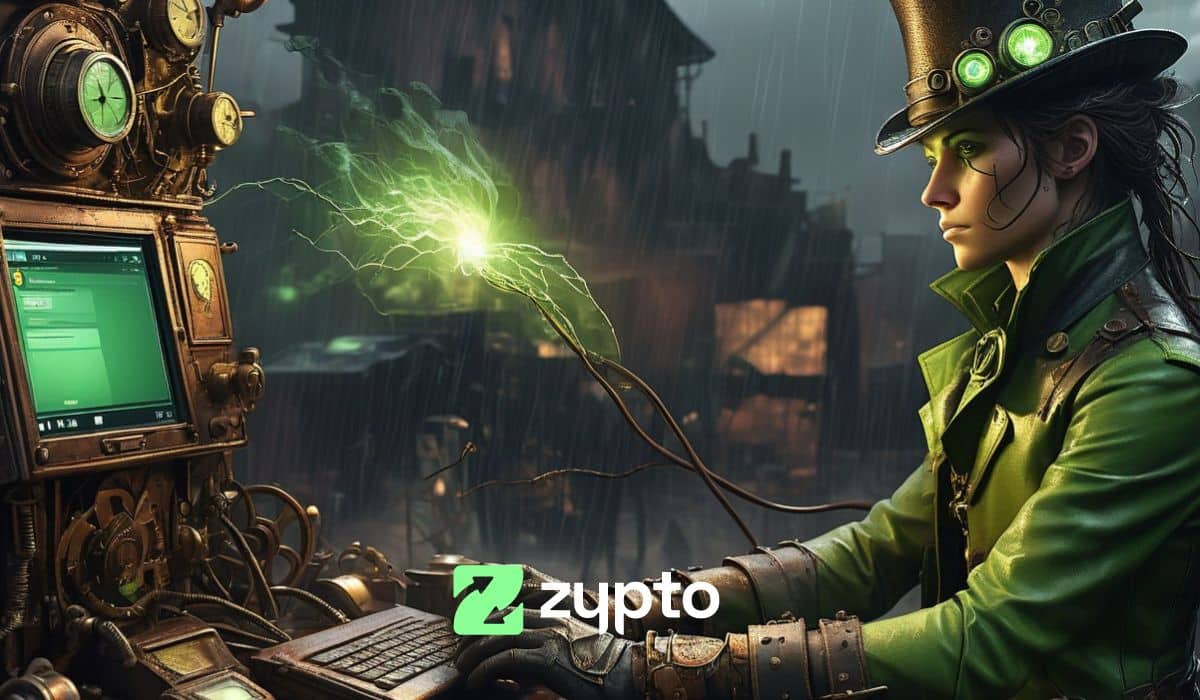
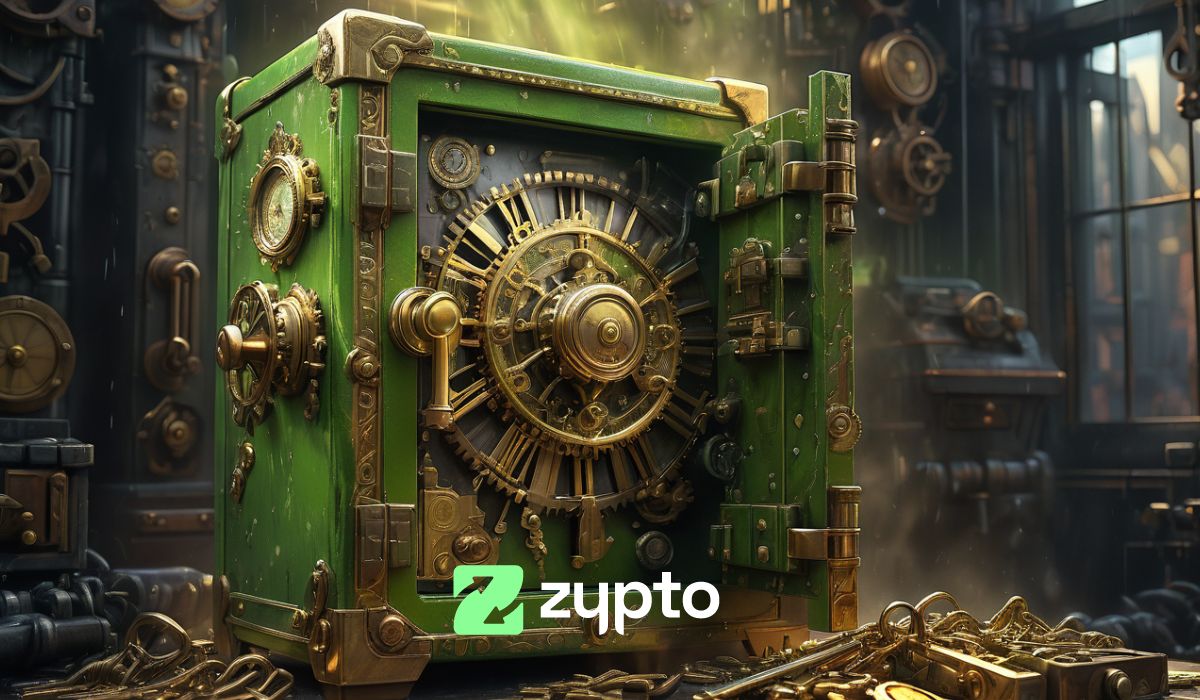

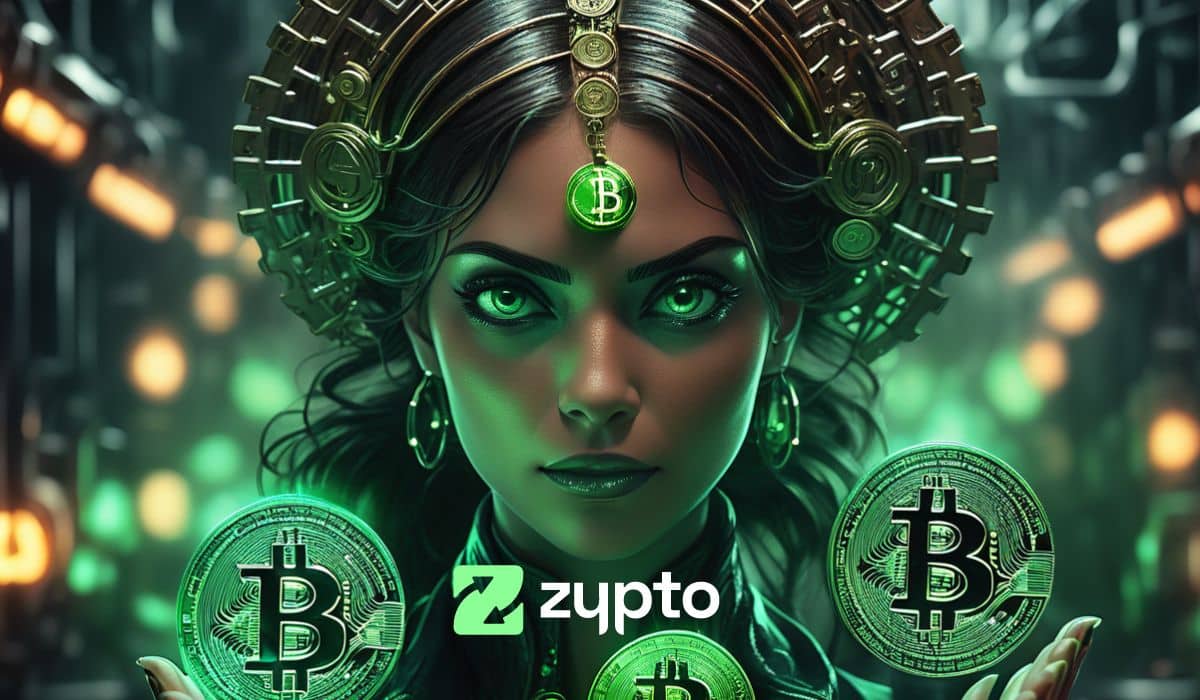


0 Comments